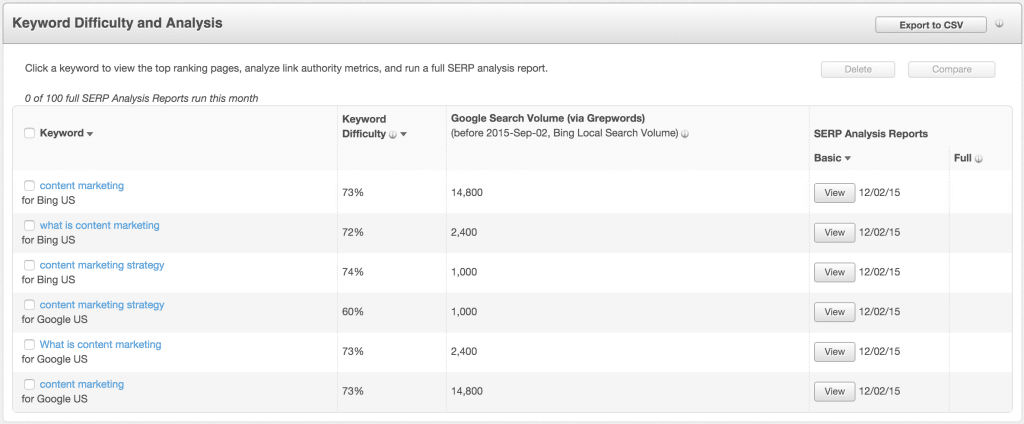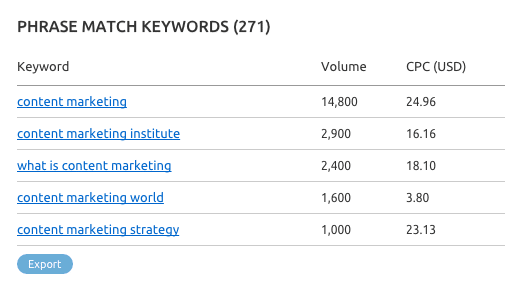Use searchable captions to crank up your video SEO Online video is transforming the way we…

How To Become An Expert Video SEO Keyword Planner
Becoming an expert video SEO keyword planner may be easier than you think.
A quick look at video statistics tells us just how important video has become. Today 17 percent of people spend less than four seconds on a website. In comparison, people spend an average of 2.7 minutes watching online video content. By 2017, experts predict that 74 percent of all internet traffic will be video.

The challenge of getting your video SEO optimized and discovered is a tall order. We have put together a few video tips to help you SEO optimize your video content that you can find here.
For this discussion, we are going to focus on video SEO keyword strategy. The importance of good keyword strategy and planning can not be underestimated. Unless your video attracts faithful viewers, it won’t reach its full ROI potential. A good keyword strategy is the first step toward getting the right exposure.
Research
Research and then research some more. Experiment with a variety of keywords and phrases and search them yourself to decide what will lead people to your content. Let’s break this concept down into a few easy steps to arrange the right keywords for your video content.
ONE – The Big Question
Begin by asking yourself how a typical viewer would search for your content. Think like a human and not a computer. Now let’s test and expand on your ideas.
TWO – Test
Test out multiple keyword combination options similar to your desired keyword concepts in search engines. Look at the top performing websites and videos listed for each search to assess market competition and ranking difficulty.
There are many keyword planning tools that you can use to help evaluate keyword traffic. Using the example below, I searched the keyword “Content Marketing” using the SEMRush keyword tool. Google provides another excellent tool with their Keyword Planner.
THREE – Keyword difficulty.
In the same example, there were many searches for “Content Marketing”, but it looks like it may be more feasible to target “What is content marketing” and others.
To make a more informed decision there are keyword analysis tools where you can measure difficulty and analyze search strategy further. In the image below, we have used Moz Research and Analysis Tools to help us further refine our strategy.

FOUR – Long-Tail keywords.
Don’t forget long-tail keywords. Long-Tail keywords allow you to refine further and target your audience with a more defined search leading to higher conversions. While long-tail keyword volume is lower than short terms, they have less competition. With fewer competitors, you are bound to save money rather than competing in a saturated market.
Also did you know that long-tail keywords make up 70 percent of total online searches? Yup, they do.
FIVE- Convert video into text.
Your content is only as good as its exposure. Search engines can not “watch” your video, but they can read it if you provide the video written transcript.
By including a captioned transcript to your video, you increase keyword exposure for search engines to crawl. You will want to make sure you add the transcript directly to the body of the video page. If you need to convert your video into text, you can generate a 99% accurate transcript for free here.
Conclusion
I hope this has been a helpful walkthrough on keyword planning for SEO. Follow these five steps and you will quickly become an expert Video SEO keyword planner and strategist.
Keyword research and planning is one of the most valuable investments you will make. After spending thousands of dollars per media-minute, it is critical to hone content to the right audience. You will not only establish SEO, but the right SEO results!
There is more to SEO than keywords, but making your video optimized and discoverable is an imperative first-step.
Happy keyword planning! Sign up for our newsletter for more on SEO.




